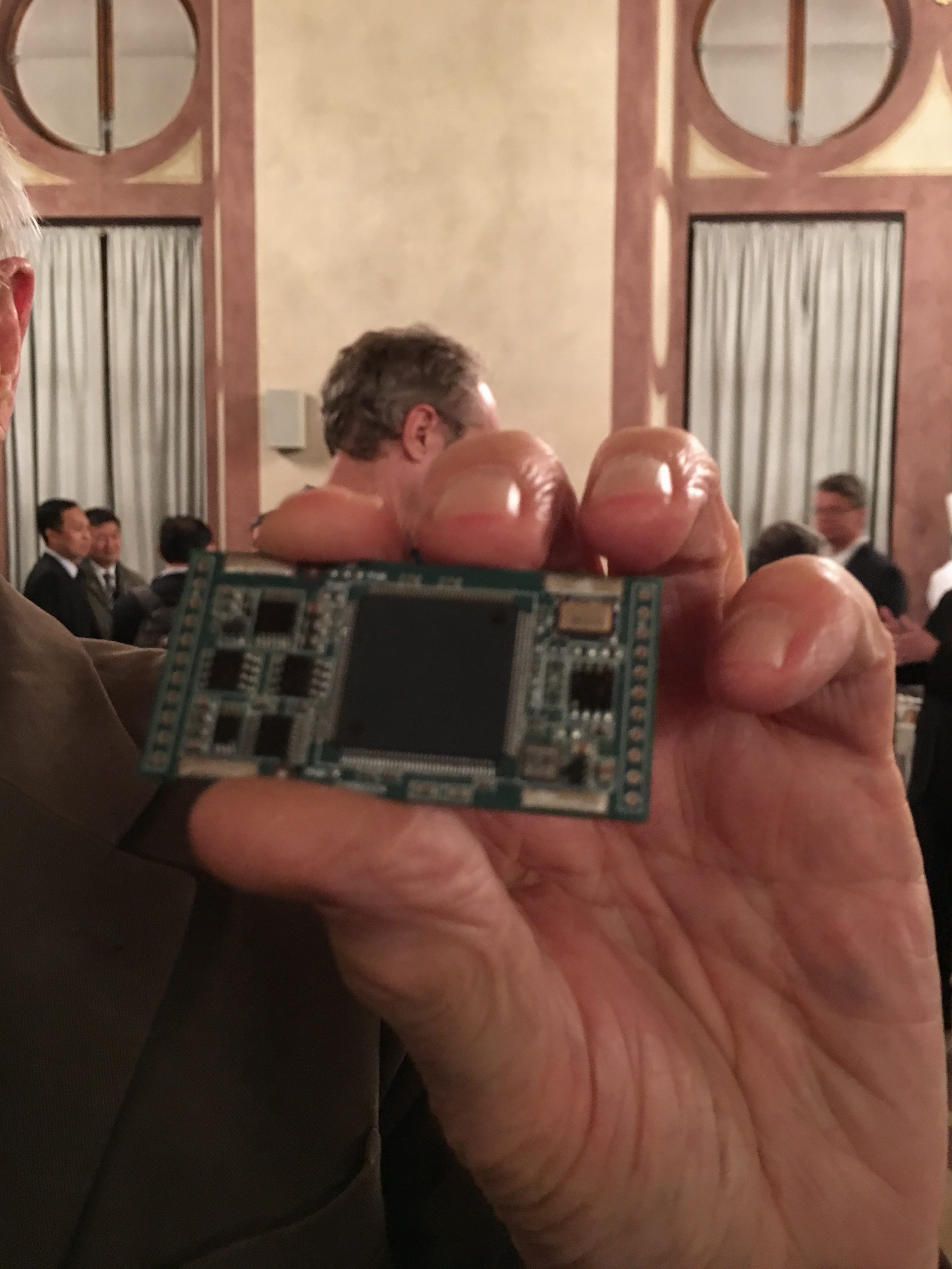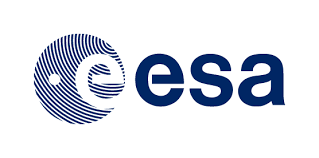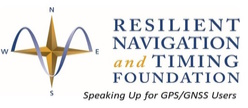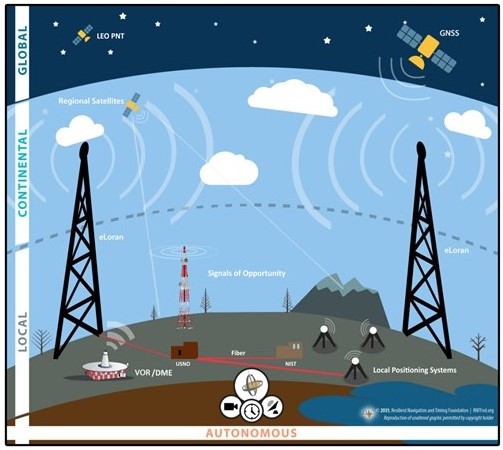Image: RNT Foundation
What’s New: The European Space Agency wants to award a contract for a prototype miniaturized navigation receiver that uses both GNSS and eLoran.
Why It’s Important: In our view, this is a seismic shift in Europe’s attitude toward eLoran.
- In 2015, and over the protests of the U.K., Europe shut down its Loran-C system. Norway, Denmark, Germany, and France all had transmitting sites that were shuttered. The U.K. kept its one transmitter on air as a timing signal.
- There is general agreement that there were two reasons behind the shutdown.
- The U.S. set the example by terminating its Loran in 2010.
- European leaders did not want the very expensive Galileo GNSS project to have “competition.” – Change “Galileo” to “GPS” and you have a big part of the reason the U.S. shutdown Loran, despite the Deputy Secretaries of Defense and Transportation in 2008 announcing they would implement eLoran as a backup for GPS.
What Else to Know:
- European PNT folks have been up front about GNSS’ limitations for quite some time. Their policy has for years said GNSS alone is not sufficient for safety critical applications.
- The UK’s announcement it is pursing eLoran undoubtedly factored into this solicitation.
- The wars in Ukraine and Israel have likely been very educational for political leaders who don’t normally listen to engineers and technologists on PNT issues.

- In 2017 Reelektronika from the Netherlands displayed a 6 cm long combination GNSS/ eLoran receiver. Maybe they will have a leg-up for the contract!


DESCRIPTION
GNSSs are typically operating from MEO, using spread spectrum techniques and having a large coverage by each satellite, therefore the user receiver signal power received on ground is extremely low, ‘buried’ under the thermal noise level.
Because of that, the GNSSs susceptibility to RFI interference, both generated locally with inexpensive means like Personal Privacy Devices or more regionally with state-level RF counter-measures, is relatively high.
In this context, the complementary usage of Low Frequency navigation systems, with a completely different system design, performance and weakness, helps reducing the current societal dependability on GNSSs.
Enhanced-LORAN (eLoRAN) is the latest of the low-frequency LOng-Range Navigation (LORAN) hyperbolic systems, and provides a PNT service for use by all modes of transport (land, maritime and aeronautic).
New eLoran infrastructure is being installed in a number of regions around the globe and there is renewed activity and interest in Europe.
Objective: Enhance geo‐security and precision timekeeping with e-LORAN, through its jam‐ and spoof‐resistant signal characteristics of high transmit power and low carrier frequency.
Description of innovation/Tasks:
- NAVISP-EL1-065 will develop a prototype eLoran miniaturised antenna for handheld applications; to complement and enhance this upcoming EL1 activity, it will be valuable to have a professional market, handheld, prototype miniaturised integrated GNSS and eLoran receiver.
- Taking stock of other activities on combining Medium Frequency DGNSS, AIS, and eLoran, design, develop and verify a prototype miniaturised integrated GNSS and eLoran receiver to investigate feasibility of a complete professional handheld low size, weight and power (SWAP) GNSS/eLoran terminal.
Expected output:
“Proof-of-concept” prototype miniaturised integrated GNSS and eLoran receiver with associated documentation.


